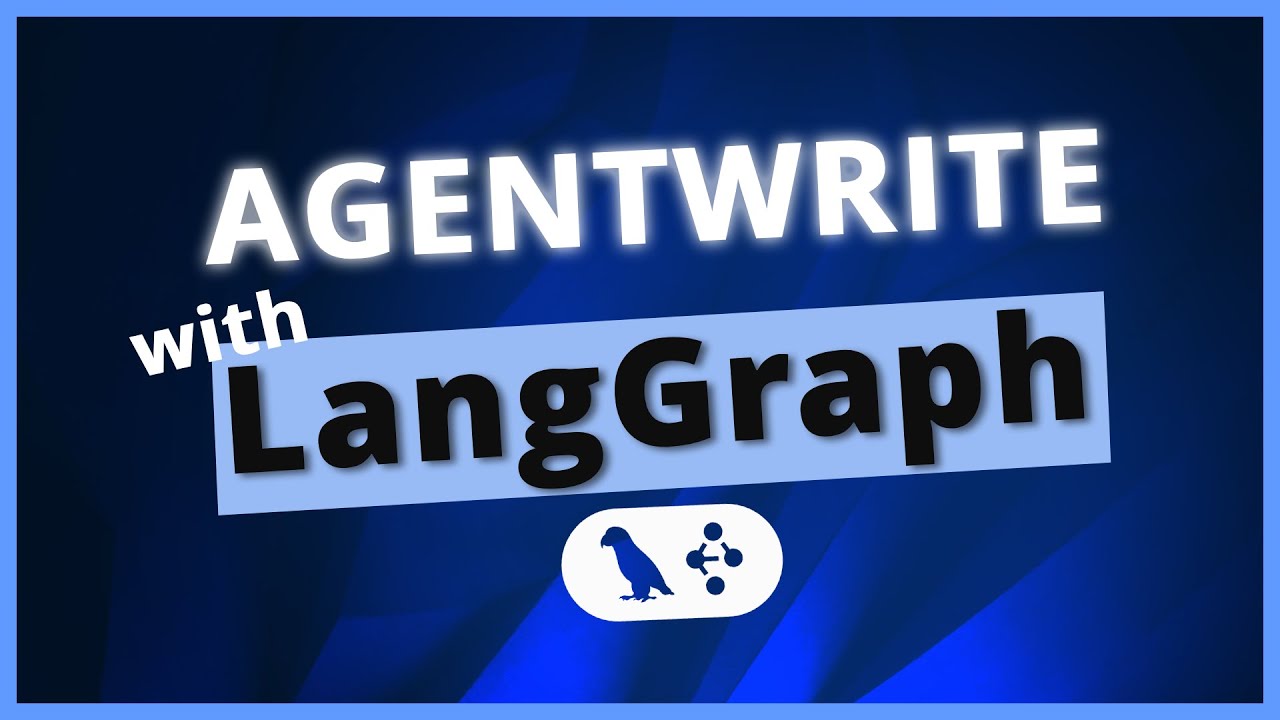The video introduces AgentWrite, a framework for generating long articles using the LongWriter model, and demonstrates how to build a version of it with LangGraph, focusing on creating structured plans for content generation. The presenter highlights the modularity of LangGraph, showcasing its adaptability for various applications while guiding viewers through the implementation and testing of the article generation process.
In the video, the presenter discusses the concept of AgentWrite, a framework used to create a dataset for generating long articles, specifically focusing on the LongWriter model capable of producing outputs of up to 10,000 words. The presenter aims to demonstrate how to build a version of AgentWrite using LangGraph, allowing users to generate long-form content without relying on the original model. The video emphasizes the flexibility and composability of the LangGraph framework, which can be adapted for various applications beyond just article generation.
The process begins with an overview of how the original AgentWrite model was trained on a dataset of lengthy articles, which followed a standard prompt structure. The presenter explains that their version will also generate articles based on a specified word count, such as 5,000 words. By utilizing LangGraph, users can create an agent that generates content by first creating a structured plan for the article, detailing the topics and word counts for each paragraph. This planning step is crucial for ensuring that the final output meets the desired specifications.
The presenter walks through the code structure of the LangGraph implementation, highlighting the importance of defining the graph state, nodes, and edges. Each node represents a specific function, such as planning, writing, and saving the article. The modular design allows for easy adjustments and enhancements, such as adding self-reflection steps or integrating additional tools for research. The presenter emphasizes the significance of keeping the components separate to facilitate reusability and adaptability in future projects.
As the video progresses, the presenter demonstrates how to test the planning and writing nodes to ensure they function correctly. By running test instructions through the chains, the presenter verifies that the planning node generates a coherent outline for the article, while the writing node produces the content based on the plan. The final output is saved in Markdown format, and the presenter showcases the results, including the total word count and the specific language model used for generation.
In conclusion, the video illustrates how to build a flexible and composable agent for generating long-form content using LangGraph. The presenter encourages viewers to explore the potential of this framework for various applications, such as report generation or integrating retrieval-augmented generation (RAG) systems. By moving away from a simple Colab setup to a more structured project, the presenter aims to provide a practical guide for developers interested in leveraging language models for content creation. Viewers are invited to engage with the content by liking, subscribing, and leaving comments for further exploration of related topics.
